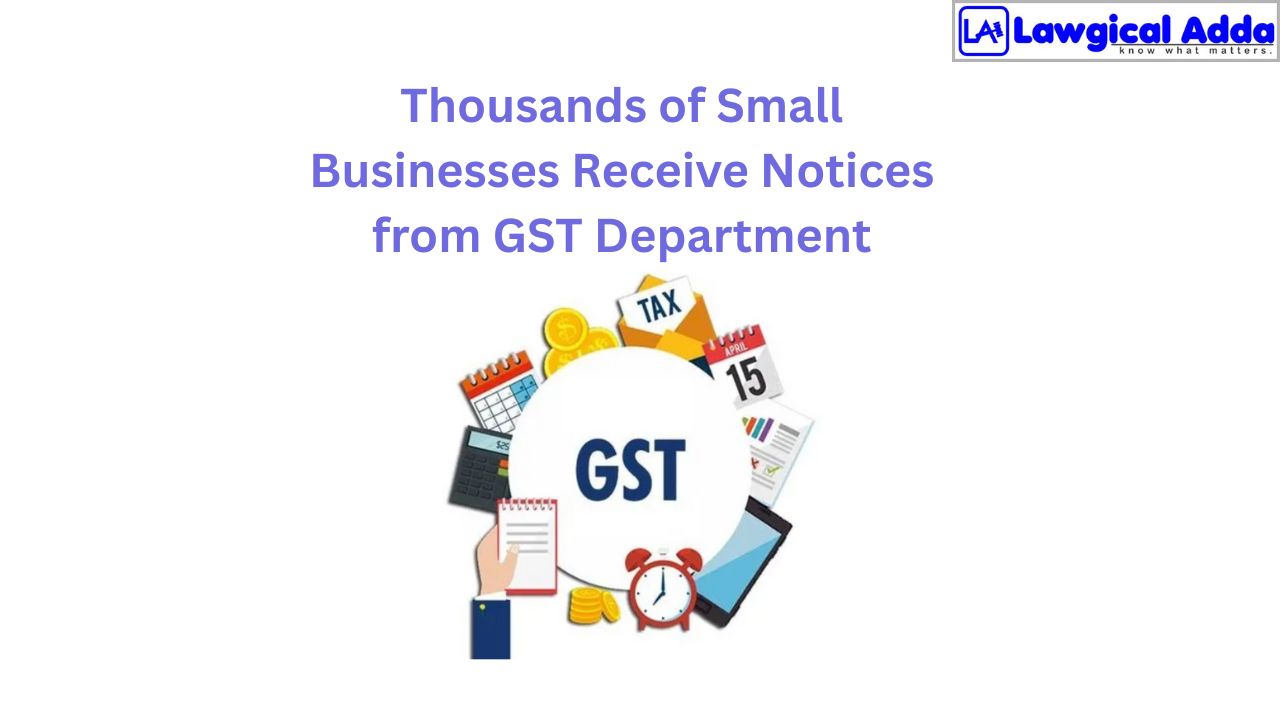Patent Playbook: Empower Your Rights and Duties

Table of Contents
Patents are an essential aspect of intellectual property. They give owners an exclusive right to their innovations, encourage the development of new technologies, and give wings to innovations and ideas.
A patent grants many benefits to the inventor. One example of these benefits is the exclusive right to make and sell the owner’s invention. However, the monopoly of use is a limited-time benefit.
The monetary benefits received from the patented product can be used to retrieve and restart the research and development investments. The benefits mentioned above come with some obligations and rights the patentees must adhere to.
Understanding the rights and obligations of patentees in detail will help us better understand the patent system’s role in fostering innovation in the public interest. But first, let’s understand the concepts of patent and patentee.
What is a patent?
A patent is an essential form of intellectual property. It grants exclusive rights for 20 years to the inventor of an intellectual property. The inventor enjoys a monopoly to use, make, and sell their invention without the threat of duplication.
Before registering under a patent, an innovation must be disclosed sufficiently and detailed. It must be clear and complete and capable of being replicated by other players in the industry.
This disclosure is an essential part of the patent system. It ensures individual gains for the owner and societal gains from the knowledge obtained from the patent. Now that we have understood a patent, let’s learn about the concept of a patentee.
Patentee: An Essential Party to the Patent
The person registering his innovation and getting a patent is called a patentee. He owns the patent, which is generally treated like any other property or asset. The patent acts as a protective shield for the patentee, preventing others from using, producing, or selling the innovation.
Section 48 of the Indian Patents Act is often considered important for understanding the patentee’s rights. This section lays down the rights of the patentee. The government gives these rights to encourage innovators. These rights are provided to inventors to inspire them to create healthy solutions to people’s problems. However, these rights are conditional. They are subject to certain conditions in section 47 of the Indian Patents Act of 1970.
What are the Rights of the Patentee?
The patentee owns the patent. But what are the rights and obligations of the patentee? What benefits does he get for registering his innovation? Does he have to follow some rules and regulations, too? Let us understand this in detail. Here are a few rights of the patentee:
Right to Put the Invention to Use
The patentee has the absolute right to operate, make, and market their patented product. They can profit from selling this product. This right acts as a barrier to redundancy, duplication, and unauthorized use of the patent.
Right to License
The patentee can share a proportion of their patent rights with a third party through a license. Licensing can be exclusive or non-exclusive. Patentees can earn profits by charging a royalty on patents. Licensing allows others to use beneficial innovation barred by patents.
Right to Assign the Patent
Patentees have received the right to assign their patent to a different entity. They can assign patents either partially or wholly. This transfer acts as a valuable business strategy. Inventors who lack the resources to commercialize their inventions can use this right to market their products.
Right to Enforce their Patent Against Infringers
Patentees can enforce their patents against infringers. These enforcements include compensation for unauthorized use of the patent and an injunction against infringement.
Right to Mark their Product
Patentees have various rights and obligations that benefit them. One such right is the right to mark the product. Patentees can mark their product with a patent number, which serves as public notice of the patent.
The patent number helps customers identify the product. It also helps deter infringed products and highlights the patent’s protection.
Obligations of a Patentee
Disclosure of the Invention
Disclosing the invention is the primary obligation of the patentee. He has to inform the invention in a detailed and precise way. The disclosure must be written so that other skilled players of the industry can understand and replicate the product. This is essential to contributing to society’s knowledge.
Maintenance fees at Regular Intervals
Patentees are required to pay fees at regular intervals, which is essential to keeping their patents in force. Failure to pay these fees will result in the patent’s lapse before the end of its term.
Duty to Disclose
The patentee is obligated to disclose any prior art, product, or technology that can affect the invention’s patentability in the future. This obligation ensures the integrity of the patent system by preventing the issuance of patents for non-novel inventions.
Responses to Challenges and Defending the Patent
Patentees need to defend their parents against various challenges from third parties, including claims of invalidity and non-infringement. This defense is crucial to maintaining the patent’s value and enforceability.
Let us understand the rights and obligations of a patentee with the help of some case studies.
The pharmaceutical industry is large and has a massive scope of innovation. Patents play an important role in this industry.
They protect new drugs and encourage investments in research and development. Without patents, the amount invested would not be recovered. Patents result in profits to the owners.
Pharma companies have to disclose detailed information about the composition of drugs.
They must ensure sufficient production and supply so that the public can gain benefits from it.
Small Inventors and startups, too, gain enormous benefits from their patents. However, the cost associated with registration and maintenance can be costly.
The innovators need to use their rights to balance the potential benefits of patent protection with the financial and administrative burdens of fulfilling their obligations.
International norms
Patent laws vary in each jurisdiction. These differences come from each country’s own requirements. However, significant efforts are being taken to bring uniformity to these patent laws. International treaties such as the Paris Convention for the Protection of Industrial Property and the Patent Cooperation Treaty (PCT) aim to harmonize patent laws and facilitate international patent application. Some important patent laws across the globe are:
United States
The United States Patent and Trademark Office (USPTO) drives the US patent system. The body demands detailed disclosure of the inventions. The U.S. System allows for inter-party reviews to challenge patents.
Europe
The European Patent Office (EPO) administers the patent system in the European Union. The EPO has strict novelty requirements for patents.
Japan
The Japan Patent Office (JPO) is known for overlooking the patent system in Japan. They emphasize the industrial applicability of patents and have norms for patentees to work with their patents in a certain period of time. Any delay requires permanent licensing. The patent system is designed to benefit both inventors and the public.
The patent system is designed to balance the interests of inventors and the public. The rights and obligations of the patentee are important in the functioning of the IP system. Patents come with various benefits but also with numerous responsibilities.
Gaining a balance between them is important for inventors, businesses, and policymakers. Fulfilling patentee obligations is important as they contribute to the broader goals of the system. Obligations promote innovation, impart knowledge, and drive the nation’s economic progress.
Conclusion
As we move into the future, we need to refine the balance between the rights and obligations of patentees to make the patent system effective and equitable. Whether you are an inventor, a business owner, or a legal professional, a deep understanding of these principles will help you navigate the complex world of patents and leverage their full potential. If you want to register for your patent, start working on your product today! Let Lawgical Adda take care of your legal compliance. Check our website today!
FAQs
Are patent rights conditional?
Section 48 of the Indian Patents Act is often considered important for understanding the rights of the patentee. This section lays down the rights of the patentee, which the government gives as an encouragement to innovators.
However, these rights are conditional. They are subject to certain conditions that are laid down in section 47 of the Indian Patents Act of 1970.
What is section 48 of the Indian Patents Act?
Section 48 of the Indian Patents Act is often considered important for understanding the patentee’s rights. This section lays down the patentee’s rights.
The government encourages innovators by giving these rights to inventors to inspire them to create healthy solutions to people’s problems.




